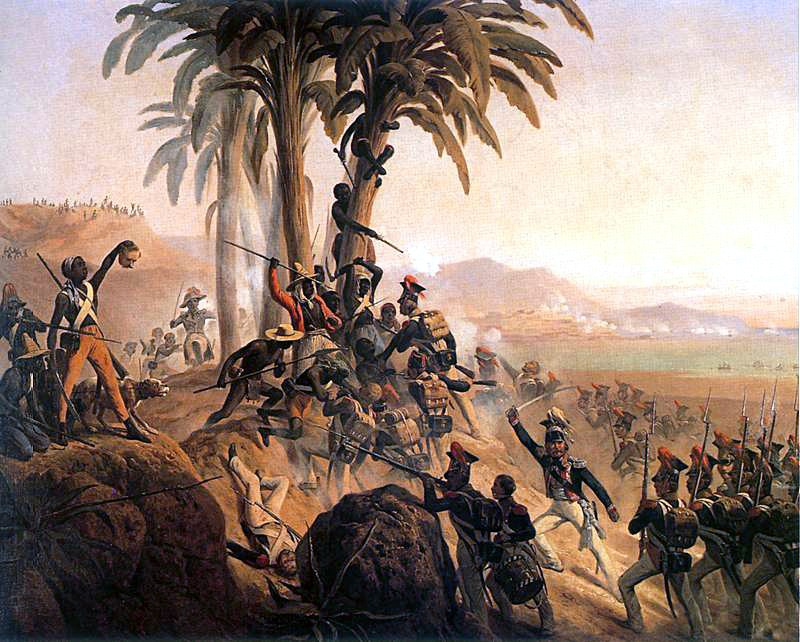The Odum of Ala Igbo
Hail Biafra!
It's finally here. A thread to talk about the 35 million people strong Igbo of Nigeria and their diaspora all over the Atlantic world.
I'll be occasionally dropping nuggets of information about the Igbo diaspora in this thread.
Let's get it!
A Brief Profile Of The Igbo People Of Jamaica
I'll be occasionally dropping nuggets of information about the Igbo diaspora in this thread.
Let's get it!
A Brief Profile Of The Igbo People Of Jamaica
Wah gwaan bredrin, everyting ire?
Ever heard the word “red ibo” in Jamaica? Your suspicion is true, “red ibo” was used to refer to the Igbo slaves in Jamaica because of their light skin.
The land of Jamaica witnessed the influx of the Igbo race between 1790 and 1809 during the transatlantic slave trade.
The modern Igbo race dwelt in the Bight of Biafra in Nigeria. It was from here that the Igbos who were kidnapped and sold as slaves by the Europeans were taken to work on plantations.
During this period, the Igbos, due to their inability to speak the language, introduced some of their words which have now become infused in the Jamaican Patois.
Some of these words include:
Unu– You people
Ima osu (Jamaica) Imu oso (Igbo)- to hiss by sucking your teeth
Akara (Jamaica) Akàrà (Igbo)– bean cake
Soso (Jamaica) Sọsọ (Igbo)- only
Jamaica’s historical culture cannot be mentioned with the influence of the Igbo’s. The Igbo’s influenced the culture, music, the pouring of libation, the “ibo” style, idioms and way of life of the Jamaicans. Their yam festival, the Jonkonnu, was introduced by the Igbos. There is a town allegedly named after them, the Ibu Town.
The Jamaicans are akin to the ways of the Igbos such that it is not uncommon to see Jamaicans watch Igbo Nollywood movies. Some of their rural areas resemble the Igbo’s in Eastern Nigeria.

Olaudah-Equiano. Photo credit: Daily Mail
Known for their pride, the Igbos are said to have unwritten rules that even the slave owners were made to abide by. Out of this people came individuals who left a mark in that period. A popular example is author, Olaudah Equiano, who was very instrumental in maintaining law and order among the Igbos in Jamaica during the 1776 Mosquito Shore Scheme. He is also credited as being one of the campaigners of the abolition of slave trade (Google celebrated his 272 birthday last year).
The Igbos were also known for committing suicides to go back to their homeland. This suicide was what made most slave traders skeptical of having them as slaves.
When they could no longer bear the slavery, 250 Igbo men conspired to kill every white man in the land. Although they failed, their song for freedom cannot be forgotten:
Oh me good friend, Mr Wilberforce, make we free!
God Almighty thank ye! God Almighty thank ye!
God Almighty, make we free!
Buckra in this country no make we free:
What Negro for to do? What Negro for to do?
Take force by force! Take force by force!
ALL
To be sure! to be sure! to be sure!


 oh word?
oh word?










